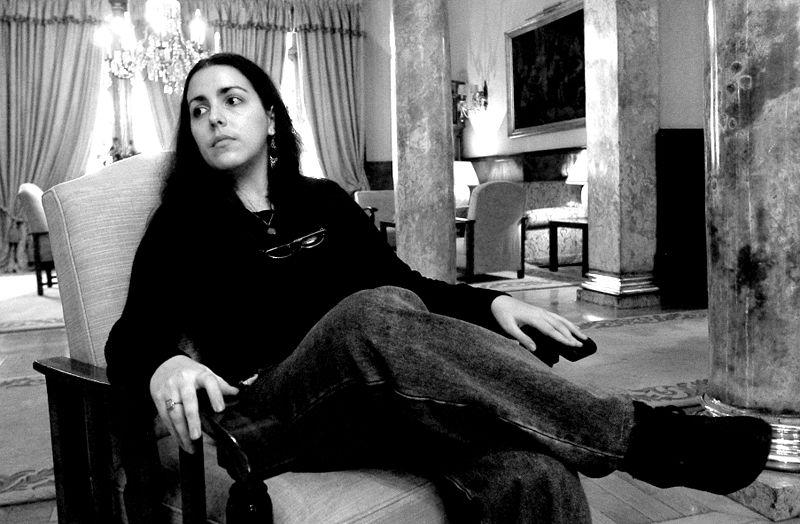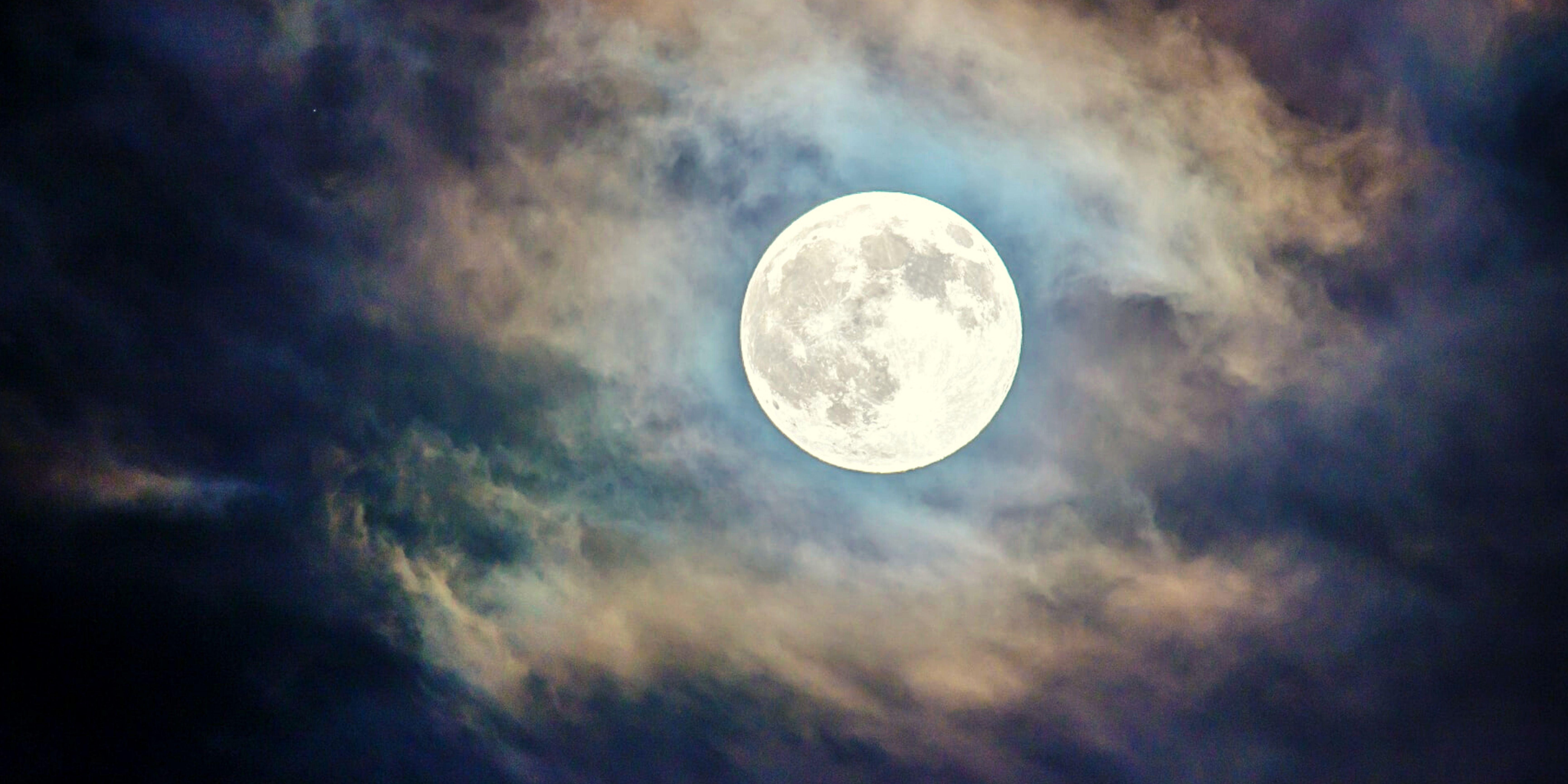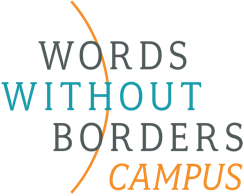A (Very) Modern Cinderella Story, from Cuba
Posted on December 08, 2021

We all know the story of Cinderella . . . or do we? In Ena Lucia Portela's mischievous update of the famous folktale, (translated into English by Pamela Carmell) the heroine is as virtuous, beautiful, and downtrodden as one might expect. But Cleis (as Cinderella is called here) also dreams of becoming a soap-opera villainess and knees a would- be assailant—the story's sole "prince"—in the crotch.
As "Cinderella's Secret Dream" continues, offering occasional glimpses of a narrator who also takes part in the action, we begin to wonder: who exactly is telling this story, and why?

To help students begin exploring such questions, you might first introduce them to the story's author via a four-minute video from writer Fernando Iwasaki and the Cervantes Institute of New York:
Then, have them compare Portela's Cinderella to more traditional versions from the Brothers Grimm or Disney. You might ask:
- "How is Cleis different from the traditional Cinderella?"
- "How are Cleis's relationships with her sisters and the prince different?"
For a brutal take-down of fairy-tale tropes like the quest for a prince, students might watch Rachel Bloom's three-minute music video, "Historically Accurate Disney Princesses." (The song includes some explicit lyrics, which you can preview in the notes beneath the video.)
Contextualizing "Cinderella's Secret Dream"
To see how the difficult economic position of Cuba in the 1990s informed this story, students can look through a Boston Globe photo essay depicting the "Special Period" during which the story was set. They can then meet the resourceful, ambitious young adults of contemporary Cuba in a 2020 photo essay from Roads and Kingdoms.
Cinderella and Other Rebels

For an alternative, equally interesting version of the Cinderella story aimed at younger readers, take a look at the Iranian folktale "Marked by the Moon." The website Mic.com also features a round-up of nine Cinderella stories from such places as France, Egypt, and China.
More advanced students might pair a reading of "Cinderella's Secret Dream" with frequently-taught classics like Shakespeare's King Lear or Jane Austen's Mansfield Park, both of which include elements of the Cinderella tale (in King Lear, middle sister Regan is "indistinguishable" from the evil eldest sister, unlike in Portelo's retelling.)
Students might also be interested in another contemporary story, also translated from the Spanish by Pamela Carmell: Cheri Lewis's "Open Hands." Like "Cinderella's Secret Dream," this Panamanian tale looks at women's lives from an unexpected angle, up-ending traditional tropes.
Finally, the recent Cuban rap/protest song "Patria y Vida" ("Homeland and Life") is a contemporary revision of the revolutionary slogan "patria o morte," often invoked by Fidel Castro at the ends of his speeches. Nominated for two 2021 Latin Grammys, the song was a key part of Cuban protests this past summer.
Potential Student Assignments:
Creative Writing : Have students try writing their own modern versions of fairy tales. Encourage them to use details from their own lives, home cultures, and/ or personal interests to the story. Give students the option of illustrating the story as a series of collages, a picture book, or a graphic novel.
Literary Essay: Ask students to reflect on Portelo's story as a fairy-tale retelling. Did it succeed in (a) creating a believable modern version of the story (b) staying true to the major elements of the original story (c) having an emotional impact on the reader?
Literary Essay 2: Ask students: Which character was more interesting to you: Cleis or Regan? Why? What do you find out about that character over the course of the story? Ultimately, is "Cinderella's Secret Dream" Cleis's story, or Regan's?




